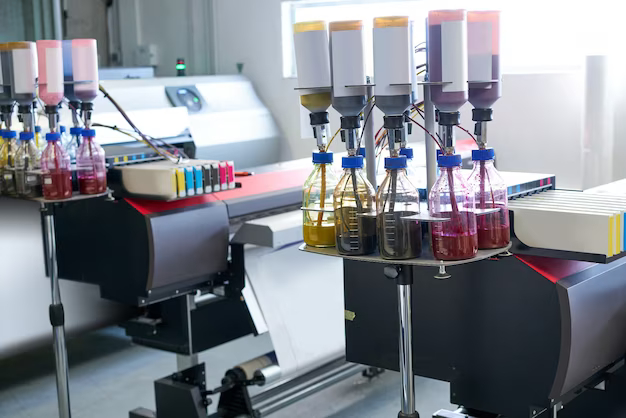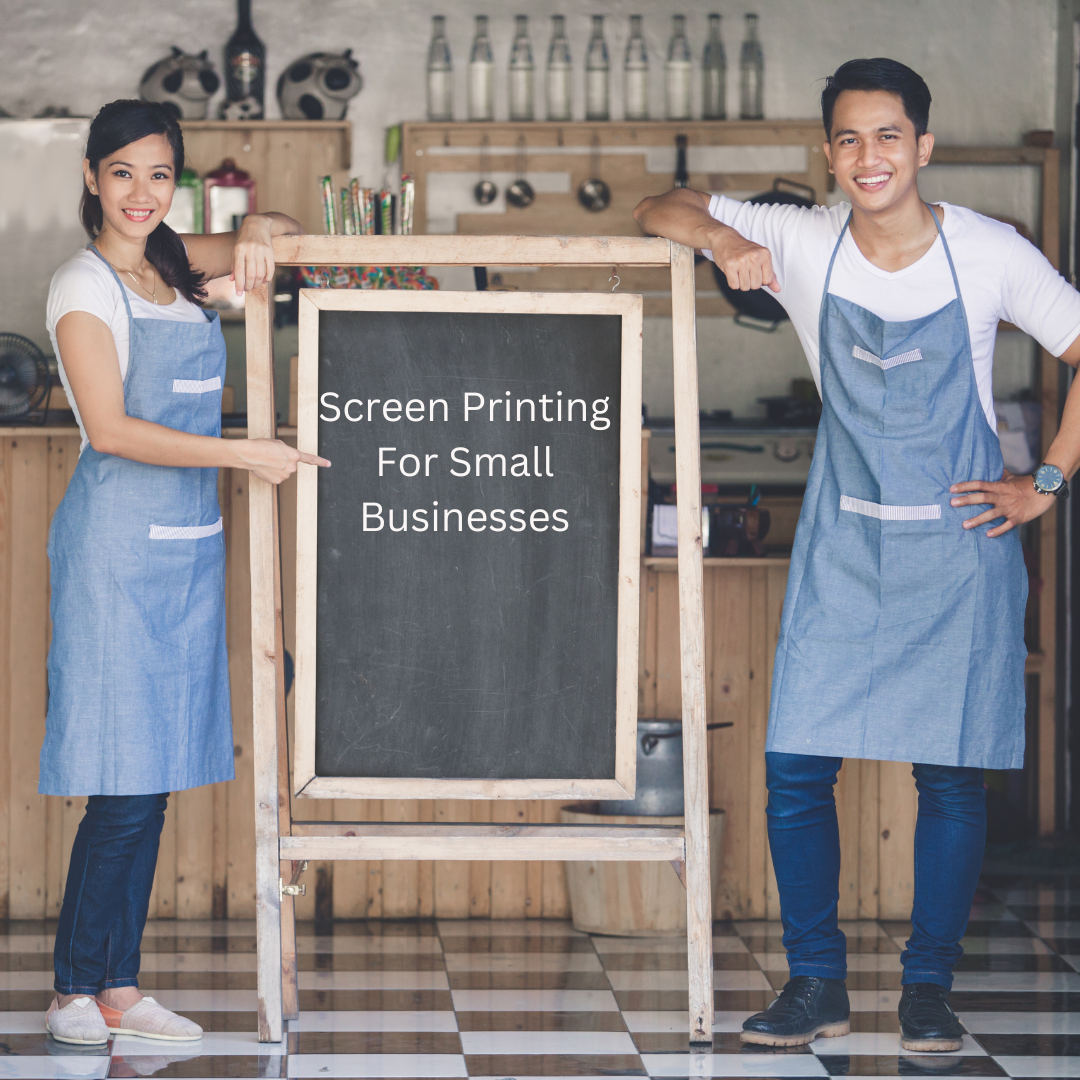
The History of Screen Printing: From Ancient Times to Modern Technology
Screen printing, also known as silk screening, is a printing technique that has been used for centuries. It is a versatile process that can print on a wide range of surfaces, from textiles and ceramics to paper and plastics. This article will explore the history of screen printing, from its origins in ancient China to the modern-day technology used in the industry.
Screen printing is a printing method that uses a mesh screen, ink, and a squeegee to transfer ink onto a surface. It is a popular printing technique used in the commercial printing industry, as well as for creating custom t-shirts, posters, and other products. Screen printing has a rich history that dates back to ancient times, and the process has evolved significantly over the centuries.
The Origins of Screen Printing
Screen printing originated in China during the Song Dynasty (960-1279 AD). The process was first used to print designs on silk fabric for clothing and tapestries. The Chinese would stretch silk over a frame and then use a stencil to block out areas where the ink was not supposed to go. They would then use a brush to apply ink to the silk, which would pass through the areas not blocked by the stencil.
Screen Printing in Europe and America
The process of screen printing was introduced to Europe in the 18th century, and it quickly became popular for printing on textiles. In the 20th century, screen printing became a popular method for printing on paper and other materials. It was used extensively during World War II to print propaganda posters and other materials.
Screen Printing in the 20th Century
In the mid-20th century, screen printing became a popular method for printing on t-shirts and other apparel. This was thanks in part to advancements in ink and screen technology, which made it possible to print on a wider variety of materials. Screen printing was also used in the creation of pop art in the 1960s, as artists like Andy Warhol and Roy Lichtenstein used the process to create colorful, bold prints.
6. Advancements in Screen Printing Technology
In recent years, advancements in screen printing technology have made it possible to print with greater precision and accuracy than ever before. Newer printing equipment uses computer-aided design (CAD) software to create highly detailed stencils and designs, which are then transferred to the screen for printing. This has made it possible to print highly detailed images with a greater level of consistency and quality.
7. The Future of Screen Printing
As technology continues to evolve, the future of screen printing looks bright. Advancements in ink and screen technology will likely make it possible to print on an even wider range of surfaces, while improvements in CAD software and other digital technologies will allow for even greater precision and accuracy in printing. Screen printing will likely continue to play an important role in the commercial printing industry and in the creation of custom products
8. Conclusion
The history of screen printing is a fascinating one, spanning thousands of years and multiple continents. From its origins in ancient China to the modern technology used in the industry today, screen printing has played a significant role in the creation of printed materials and products. With advancements in technology and ink, the future of screen printing is bright, and it will continue to be a valuable tool in the printing industry.
9. FAQs
What materials can be printed using screen printing?
Screen printing can be used on a wide variety of materials, including textiles, paper, plastics, glass, and metal.
What is the advantage of using screen printing over other printing methods?
Screen printing can be used to print high-quality, full-color images on a variety of surfaces, and it is often more cost-effective than other printing methods for large-scale printing projects.
What is the process of screen printing?
Screen printing involves creating a stencil or image on a mesh screen, which is then used to transfer ink onto a surface using a squeegee.
What industries use screen printing?
Screen printing is used in a variety of industries, including the commercial printing industry, the automotive industry, and the electronics industry.
How has screen printing evolved over time?
Screen printing has evolved significantly over time, with advancements in ink and screen technology making it possible to print on a wider variety of materials with greater precision and accuracy.






